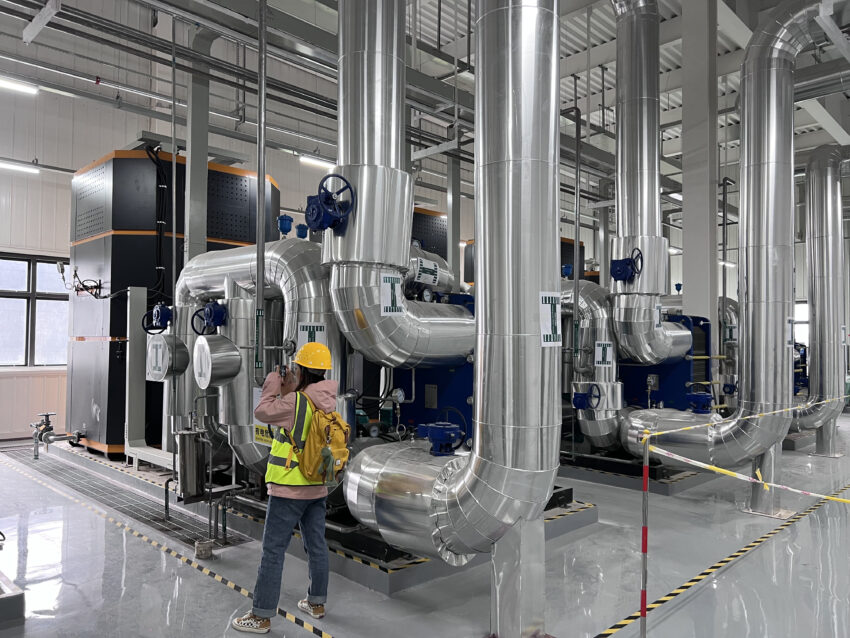District heating – the generation of heat in a central location and distribution of it to local residences, businesses, and industry at greater economies of scale than individual heating systems – plays an important role in helping the transition to clean energy in the fight against climate change. The challenge, however, is that district heating, used to provide hot water and heat within buildings through an insulated pipe system, must soon pivot from burning fossil fuels to cleaner forms of energy.
In this effort, a growing number of municipalities are installing new or retrofit high voltage electrode boilers that are compact, economical, and produce no emissions. The upgrades often entail retrofitting or replacing boilers (the heat source) with cleaner, more efficient electric alternatives, along with the heat distribution network (pipes/ heat exchanger stations).
Electrode boilers utilize the conductive and resistive properties of water to carry electric current and generate steam with great responsiveness and efficiency.
“An A.C. current flows from an electrode of one phase to ground using the water as a conductor. Since chemicals in the water provide conductivity, the current flow generates heat directly in the water itself. The more current (amps) that flows, the more heat (BTUs) is generated, and the more steam produced for use in district heating,” explains Robert Presser, Vice President of Acme Engineering, a manufacturer of industrial and commercial boilers with operations in the U.S., Canada, and Europe.
When supplying district heating, electrode boilers are much more responsive and flexible than fossil fuel burning units.
“With electrode boilers, the energy input and adjustment are very precise and virtually immediate. In contrast, increasing or decreasing the temperature in a gas fired boiler is a slower process because it takes time for the heat in the boiler to rise or dissipate before reaching the targeted output,” says Presser.
Advanced high voltage electrode steam boilers like Acme’s CEJS also have a 100% turndown ratio, the ratio between a boiler’s maximum and minimum output. Most gas boilers have a ratio of 10:1 or 5:1, which means the units take a significant time to reach full capacity. The CEJW and CEJS immersed electrode hot water and steam boilers have a minimum output level of 7-8% of rated capacity, still far better than a modern gas-fired boiler.
“With a 100% turndown ratio, you can leave the boiler in standby at low pressure and bring it to full capacity in about 90 seconds as needed, which no other boiler type can achieve today,” says Presser.
“Communities and businesses utilizing district heating also appreciate the eco-friendly nature of electrode boilers. Without combustion, these boilers are clean and emission free. The design also eliminates many environmental issues associated with fuel burning boilers such as fuel fumes, fly ash, and large obtrusive exhaust stacks,” says Presser.
For more info, contact Robert Presser at Acme Engineering via e-mail: [email protected]; phone: (888) 880-5323 or (514) 342-5656; or web: https://www.acmeprod.com/jet-type-steam-boiler.

